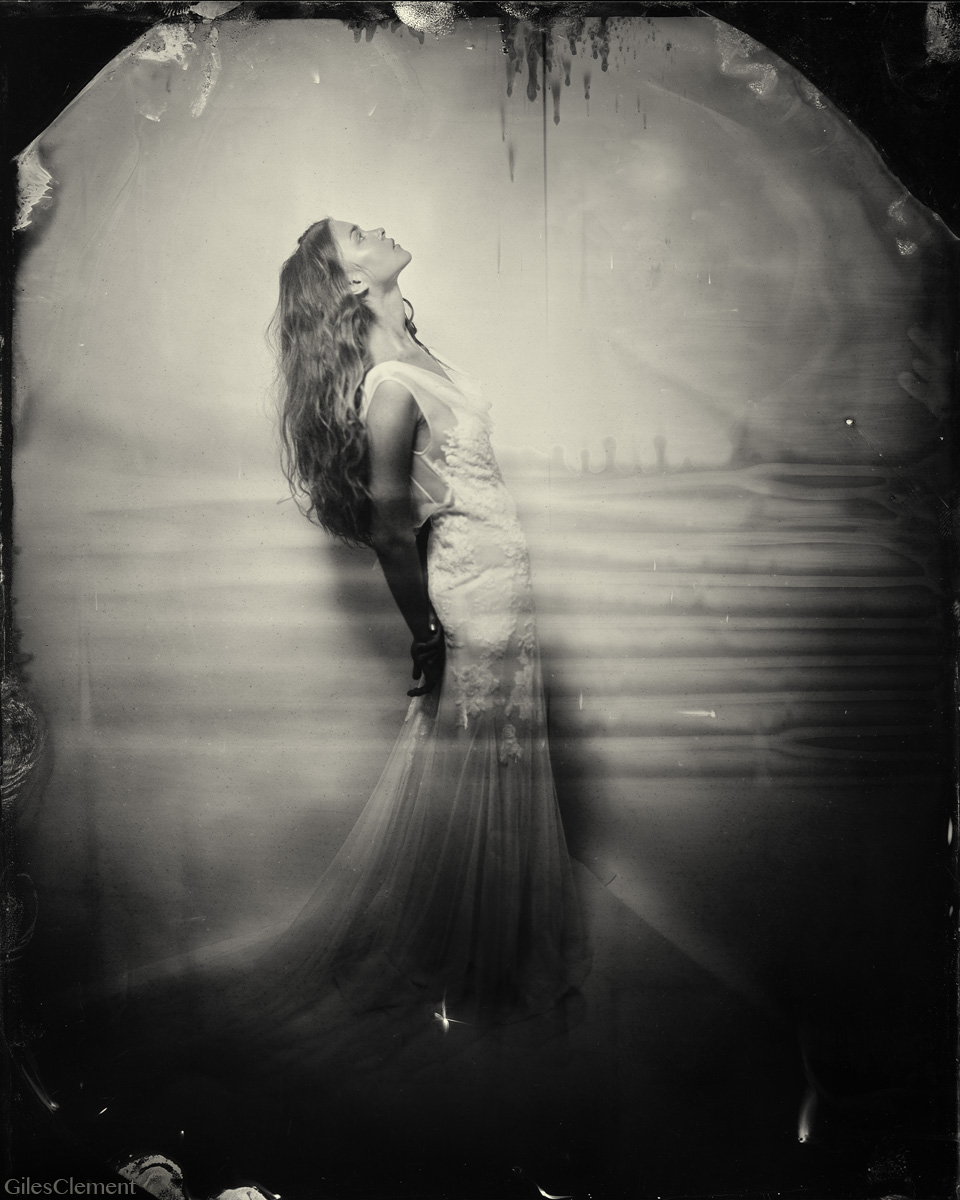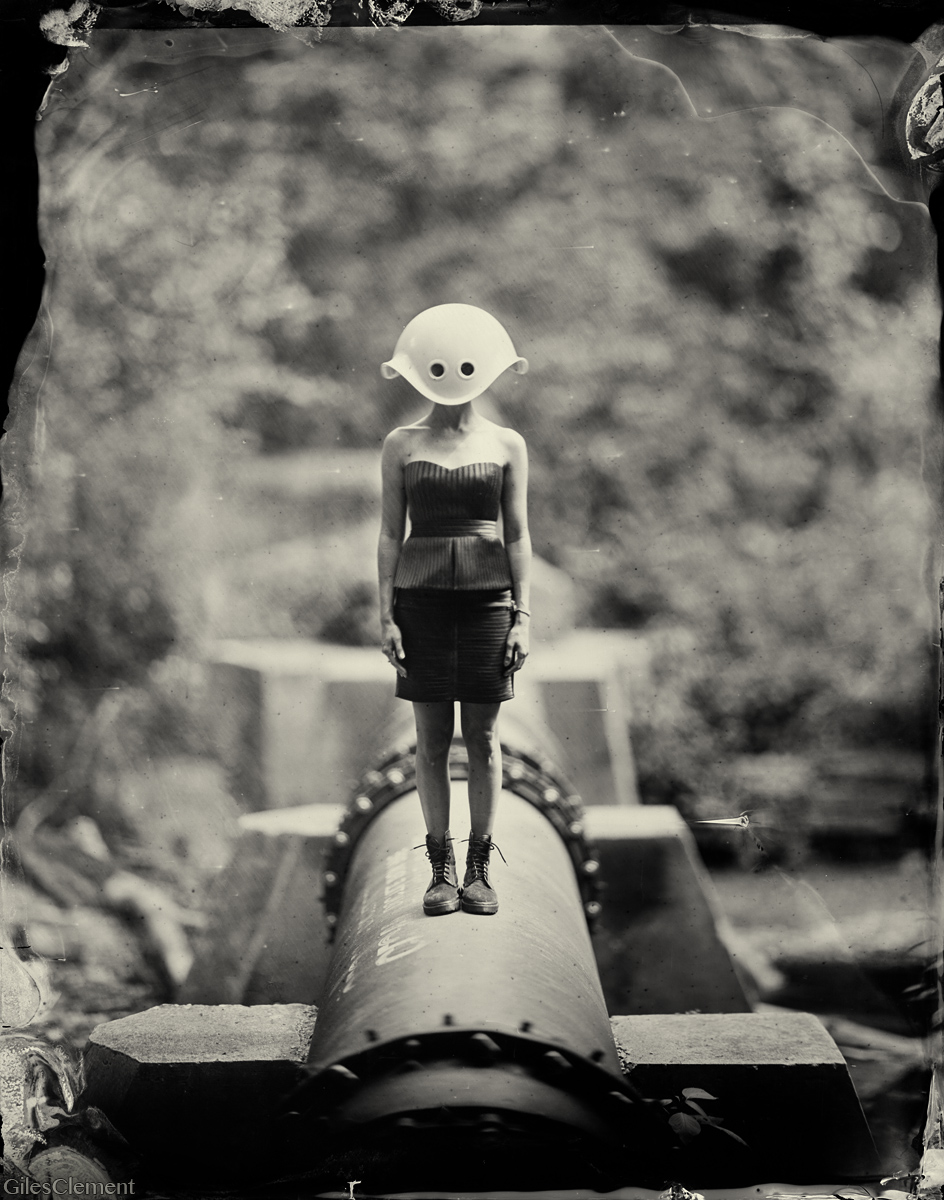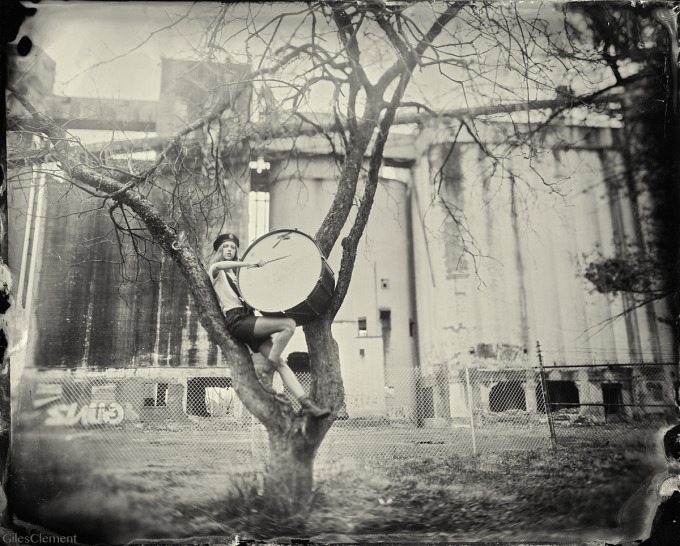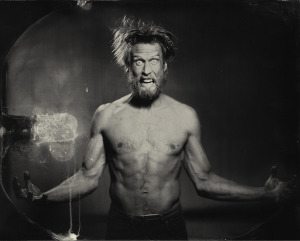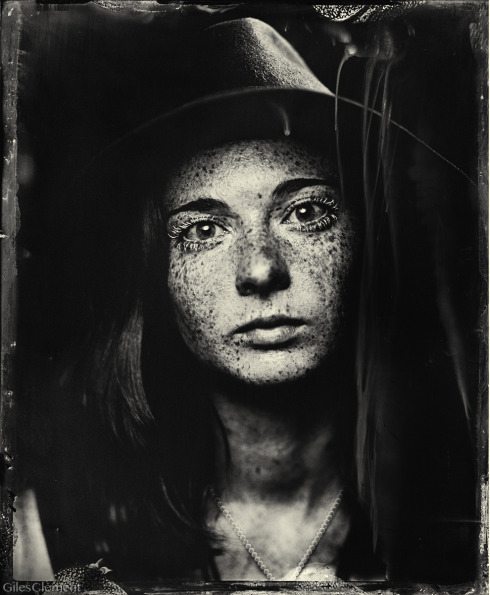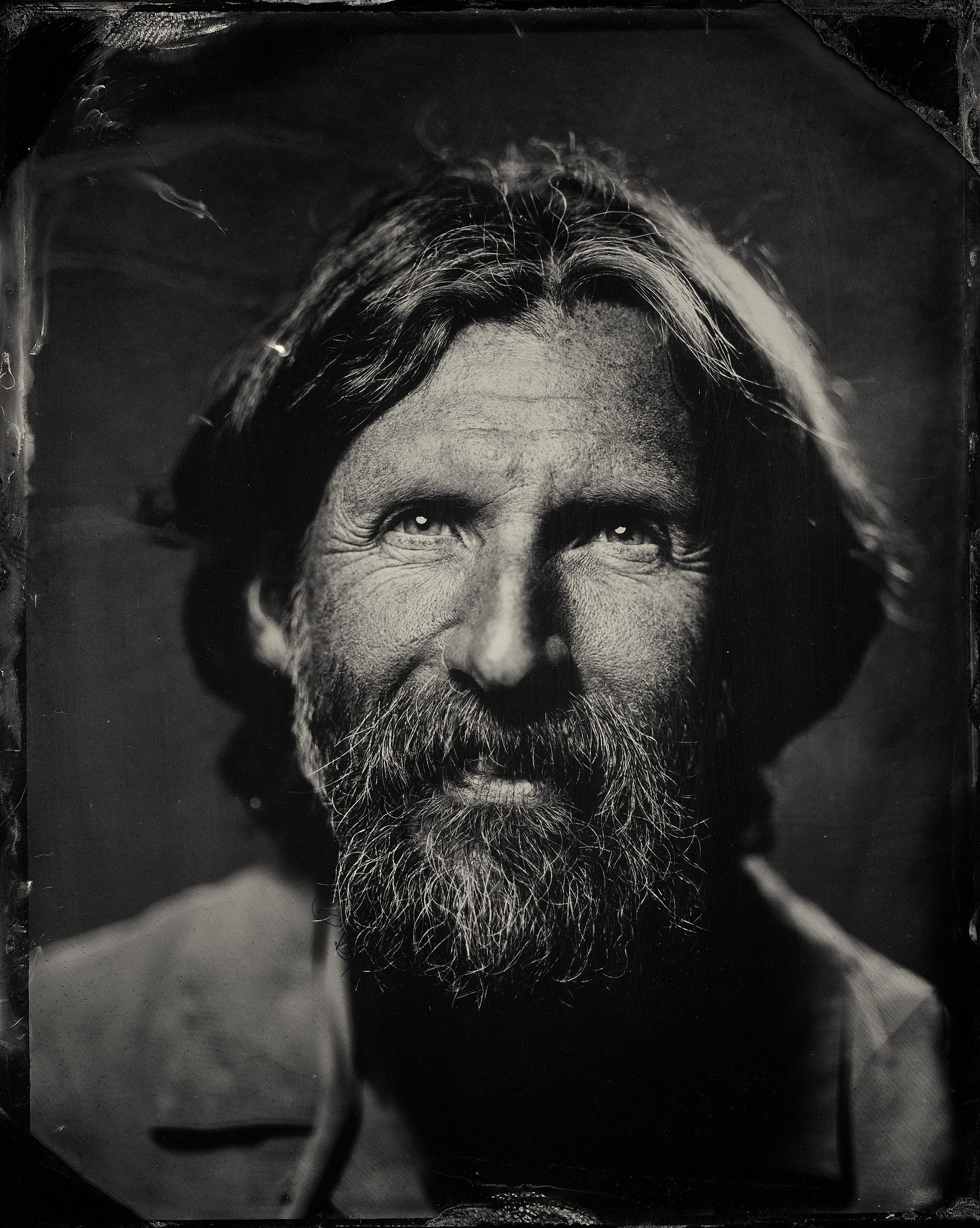Last Updated on 10/24/2014 by Julius Motal
All images by Giles Clement. Used with permission.
Being a photographer is tough to make profitable, but we can only imagine how much tougher the analog world has it. Photographer Giles Clement is one of the modern photographers that chooses to use the tintype look and format over film, digital, and other forms of the art. But Giles hasn’t let the complications that come with the format hold him back. Indeed, Mr. Clement has mastered his craft and as figured out ways to make it profitable for him.
In fact, Giles seems to have it all down to a simple science.
Phoblographer:Why did you get into wet plate photography to begin with?
Giles: I got into wetplate or tintype photography after shooting film and digital for about eight years. With film I had slowly worked my way up in format size from 35, to 120 to 4×5 and finally 8×10. It’s a bit addictive and once you shoot an 8×10 it’s pretty hard to be wowed by a 35mm negative. But as you know, shooting film gets really expensive especially with large format work so I was limited by what film stock I could afford.
Phoblographer: Many photographers often do very close up portraits while you’ve done more full, lifestyle work. Much of this work is probably done with studio lighting given how a camera with that narrow of an aperture and that low of an ISO work, correct? Talk to us about your process.
Giles: I’d seen a few tintypes pop up on flickr three years ago and really liked the aesthetic. I credit my friend and former boss John Hoffman for passing on his rather lax photo work flow where developer thermometers are replaced with a finger and development timers are eschewed and replaced with “about the time it takes to make a cup of coffee”. In other words, I like mistakes in my photos. Most people now use digital cameras which are absolutely fantastic and capable of creating a technically perfect image every time which to me is incredibly boring. I want my process to lend itself to the image I’m making and want to be surprised (pleasantly or otherwise) by the photographs I make. Tintype to me seems like the perfect blend of a very technically demanding medium which also gives back a lot.
I also, perhaps rather naively, thought “Hey, if i can make my own film it’s free”. Turns out a tintype is in fact not free and does cost about the same or more than film but by the time I figured that out I’d already purchased all the chemistry and gear to get started. Long story short, I got into tintype because I’m a cheap bastard and because I dig the way they look.
Phoblographer: Wet plate photography works with very few colors. What do you think is something very basic that someone can do to make their images more interesting since you’re mostly working in black and white to begin with?
Giles: I’ve definitely mostly done portraits with the tintypes, it’s what it’s very good at and honestly, it’s what most of my clients want. But I also like to try to push the limits of what it’s capable of and continue to do so. The plates have an extremely low sensitivity to light, around ISO .75 so you need an absolute boat load of light if you’re shooting strobe in a studio, or a very long exposure if using hot lights. It’s also a very slow process, each image taking about 10 minutes so you learn to make the most of each exposure and I‘ve become a lot better at thinking out each image, even before I bring out the camera. I’ve also shot outside quite a bit and that has it’s own challenges, wind, temperature, humidity all come into play with how your image comes out. Traveling a lot with the studio I’ve gotten pretty compact and fast with my setup and tear down, I can go from everything cased up to making an image in about 15 minutes and packing up takes about the same time.
“Long story short, I got into tintype because I’m a cheap bastard and because I dig the way they look.”
Phoblographer: Talk to us about the cameras.
Giles: I use a couple of cameras for the majority of my work, a Sinar field camera for the 4×5 plates and an Orbit 8×10 for the bigger ones. Both are pretty modern, all metal rigs which I picked for their durability, ease of use and ability to pack down small. Originally I had wooden field cameras but with the amount of traveling that I do they simply started falling apart. Like with any camera, the magic is really in the lens and I’ve been fortunate to come across a few that I really enjoy using. My oldest is an 1849 CC Harrison Petzval lens that, although very well used and scratched up, makes an absolutely fantastic image. My main 8×10 portrait lens is a Goerz Dogmar 500mm f/4.5 lens that was originally designed for reconnaissance out of Zeppelins. It’s about 7 inches across and weighs as much as my dog but is insanely sharp and bright. I never stop looking for new lenses so I have a pretty decent selection of others booting around in my bag and it’s always fun to see what a different optic will do for your pictures.
Phoblographer: How have you made shooting tintypes profitable?
Giles: I’ve been very fortunate to find work with my tintypes. People all across the country have been amazing in supporting my art and travels. I’ve taken my studio on the road for the past eight months and do a lot of traveling to get to my clients. It’s something I enjoy but it’s also very much a business and a job.
Phoblographer: Do you like other forms of photography not using wet plates?
Giles: I love photography in all its iterations. I think the wet plate work has really made me appreciate other mediums even more. To pick up a 35mm camera now, or a digital, or an iPhone is so easy that it’s a treat. Instead of 500lbs of gear I can make an image in two seconds and keep eating my breakfast. At the end of the day it’s really not about the camera you use, it’s about the story you’re trying to tell. After shooting tintypes almost nonstop for two and half years I’m slowly working my way back to other mediums, film, digital, even a bit of video which is a new challenge and one I’m excited to delve into.
Phoblographer: What photographers do you feel are your biggest influences?
Giles: I think I pull influence from every photograph I see, good, bad or otherwise. Each image implants itself in your mind and has a tiny influence on how you see the world and how you choose to capture it. Some of the photographers that I look up to and learn a lot from are James Nachtwey, Miloz Wozaczynski and Alex Timmermans.


